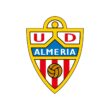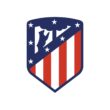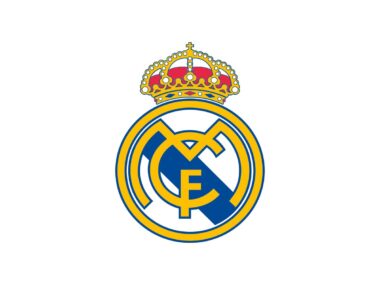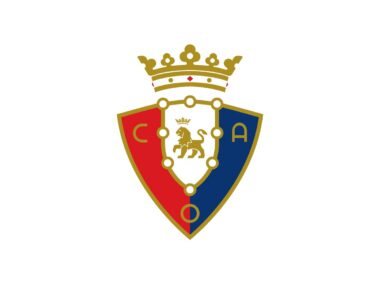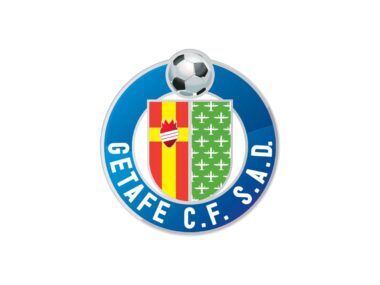Athletic Bilbao Color Codes
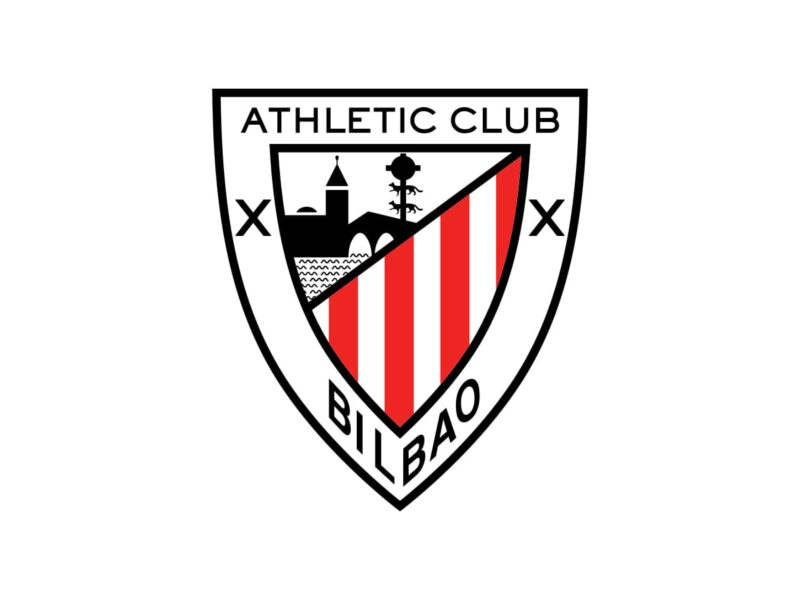
Table of Contents
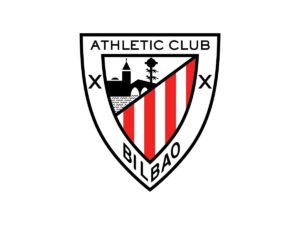
Primary Athletic Bilbao Color Codes
WHITE
PANTONE: P 1-1 C
HEX COLOR: #FFFFFF;
RGB: (255,255,255)
CMYK: (0,0,0,0)
RED
PANTONE: 3556 C
HEX COLOR: #EE2523;
RGB: (238,37,35)
CMYK: (0,97,99,0)
BLACK
PANTONE: BLACK 6 C
HEX COLOR: #000000;
RGB: (220,164,62)
CMYK: (14,36,90,0)
Athletic Bilbao Color Codes in RGB, CMYK, Pantone and HEX
| Color | PANTONE | Hex Color | RGB | CMYK |
|---|---|---|---|---|
| White | P 1-1 C | #ffffff | (255, 255, 255) | (0, 0, 0, 0) |
| Red | 3556 C | #ee2523 | (238, 37, 35) | (0, 97, 99, 0) |
| Black | Black 6 C | #000000 | (0, 0, 0) | (0, 0, 0, 100) |
Key Features of Athletic Bilbao Color Codes
Athletic Bilbao, a professional football club based in Bilbao, Spain, is distinguished by its rich history and unique characteristics. Founded in 1898, the club is commonly known as Athletic and carries the nickname “Los Leones” (The Lions), a moniker inspired by their stadium’s proximity to the church of San Mamés, named after Saint Mammes, an early Christian martyred by the Romans. Athletic plays its home games at the San Mamés Stadium, sporting red and white-striped shirts with black shorts.
The club’s color codes are integral to its identity. The primary colors are white, red, and black. The specific shades are defined as follows: White (PANTONE: P 1-1 C, Hex: #ffffff, RGB: 255,255,255, CMYK: 0,0,0,0), Red (PANTONE: 3556 C, Hex: #ee2523, RGB: 238,37,35, CMYK: 0,97,99,0), and Black (PANTONE: Black 6 C, Hex: #000000, RGB: 220,164,62, CMYK: 14,36,90,0).
Athletic Bilbao holds a prestigious position in La Liga, being the fourth most successful club with eight titles. In Copa del Rey, they are second only to Barcelona, having won it 23 times. This achievement also makes Athletic the most successful Basque football club in terms of league and cup titles. Additionally, Athletic’s women’s team is one of Spain’s most triumphant, with five championships in the Primera División Femenina.
Athletic is one of the three founding members of the Primera División to have never been relegated from the top division since its inception in 1929. The club is also notable for its cantera policy, which focuses on promoting young Basque players and recruiting from other Basque clubs. This policy of signing players native to or trained in the greater Basque Country is unique in European football and has been both admired and criticized for promoting homegrown talent and club loyalty.
In its early years, Athletic’s formation was influenced by British connections, with British workers and Basque students educated in Britain playing key roles. The club emerged from the merger of Bilbao FC and Athletic in 1903, marking its official foundation date. Athletic’s early success includes winning the first Copa del Rey in 1903 under the presidency of Juan Astorquia.
The 1920s and 1930s saw significant developments under English coaches like Fred Pentland, who led Athletic to multiple Copa del Rey victories and La Liga titles, including a remarkable 12–1 win against Barcelona in 1931. William Garbutt continued this success, securing another league title in 1936 before the Spanish Civil War interrupted play.
Post-Civil War, the club’s name was changed to Atlético Bilbao in 1941, and this era was marked by the achievements of Telmo Zarra, a legendary striker. The 1950s saw the club winning several Copa titles and making their European Cup debut.
The 1970s and 1980s were marked by fluctuating fortunes, including a UEFA Cup final appearance in 1977, and significant triumphs under Javier Clemente in the 1980s, when they won La Liga and Copa del Rey. In the late 1990s, under coach Luis Fernández, Athletic finished second in La Liga and qualified for the UEFA Champions League.
The early 21st century was a challenging period, with the club narrowly avoiding relegation in the mid-2000s. However, under coach Marcelo Bielsa in the 2011–12 season, Athletic reached the UEFA Europa League Final and the Copa del Rey Final. More recent successes include winning the 2015 Supercopa de España against Barcelona, a testament to Athletic’s resilience and enduring competitive spirit.
Athletic Bilbao’s journey reflects a deep connection with the Basque region, a commitment to homegrown talent, and a storied history of both triumphs and challenges. The club’s colors, its policy of promoting local players, and its numerous achievements in Spanish football, all contribute to its unique and respected position in the world of football.
FAQ of Athletic Bilbao Color Codes
-
What are the official color codes of Athletic Bilbao?
Athletic Bilbao’s official color codes are red (Hex: #ee2523, RGB: 238,37,35, CMYK: 0,97,99,0), white (Hex: #ffffff, RGB: 255,255,255, CMYK: 0,0,0,0), and black (Hex: #000000, RGB: 0,0,0, CMYK: 0,0,0,100).
-
How can I use Athletic Bilbao colors for my digital projects?
You can use Athletic Bilbao’s Hex, RGB, or CMYK codes to match their team colors in your digital designs and projects.
-
Does Athletic Bilbao have an official Pantone color?
Yes, Athletic Bilbao’s official Pantone colors are P 1-1 C for white, 3556 C for red, and Black 6 C for black.
-
Are Athletic Bilbao colors consistent across all their merchandise?
Yes, Athletic Bilbao uses consistent color codes across all their merchandise to maintain brand identity.
-
Can I find Athletic Bilbao’s color codes on their official website?
While Athletic Bilbao’s official website may not list color codes, they are readily available on sites like teamcolorcodes.com for fan use.
